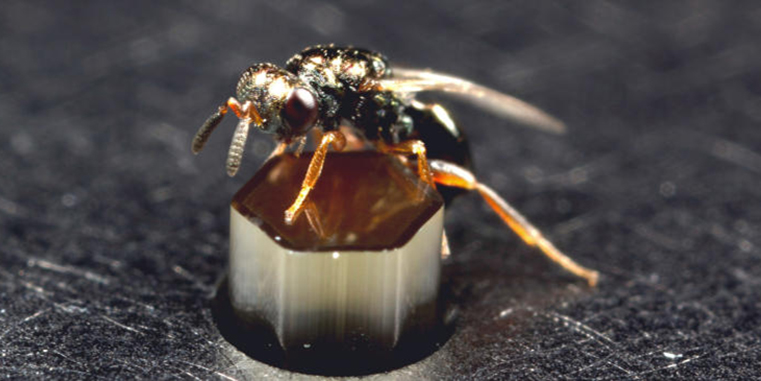

B7 From genotype to phenotype – linking the evolution of the mitochondrial OXPHOS system, mitochondrial capacity, metabolic rates and hybrid incompatibility in the parasitoid wasp Nasonia
| PI: | Prof. Dr. Jürgen Gadau |
| Research Group: | Molecular Evolution and Sociobiology, Institute for Evolution and Biodiversity |
| Co-PI: | Dr. Francesco Catania |
| Doctoral student: | Dhevi Kalyanaraman |
The project aims to understand the genomic, genetic and physiological basis of nuclear cytoplasmic incompatibilities, specifically concerning mitochondria. Well-functioning mitochondria are essential for the survival and reproduction of all eukaryotes, including humans. To make a functioning mitochondrion, both nuclear and mitochondrial genes have to interact harmoniously. In general, mitochondrial genomes evolve faster, posing a potential problem due to nuclear cytoplasmic incompatibilities. In humans, mitochondrial mutations cause the most common human genetic diseases. Additionally, nuclear-cytoplasmic incompatibilities contribute to early postzygotic isolation between incipient species.
This project uses known hybrid incompatibilities in a four-species parasitoid wasp system to reveal and understand the genetic architecture of the observed nuclear-cytoplasmic incompatibilities in F2 male hybrids. This incompatibility comes in degrees ranging from none to 90% lethality in the most distant crosses. It is also known that rearing temperature influences the effect of this hybrid incompatibility (e.g., no offspring survive at 15°C and 31°C, but >30% survive at 25°C for one cross). Hence, we will investigate the interaction of temperature, nuclear-cytoplasmic incompatibilities and mitochondrial evolution. This should help us to generally identify and understand the gene regulatory networks that allow the nuclear and mitochondrial encoded genes to interact appropriately.


